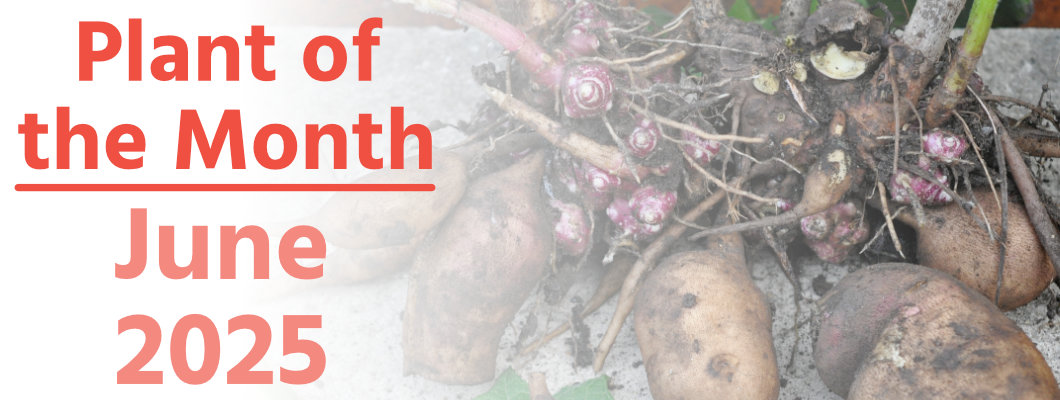
Title image above is copyright © Kristi Ellinopoullos
First published 1st June 2025
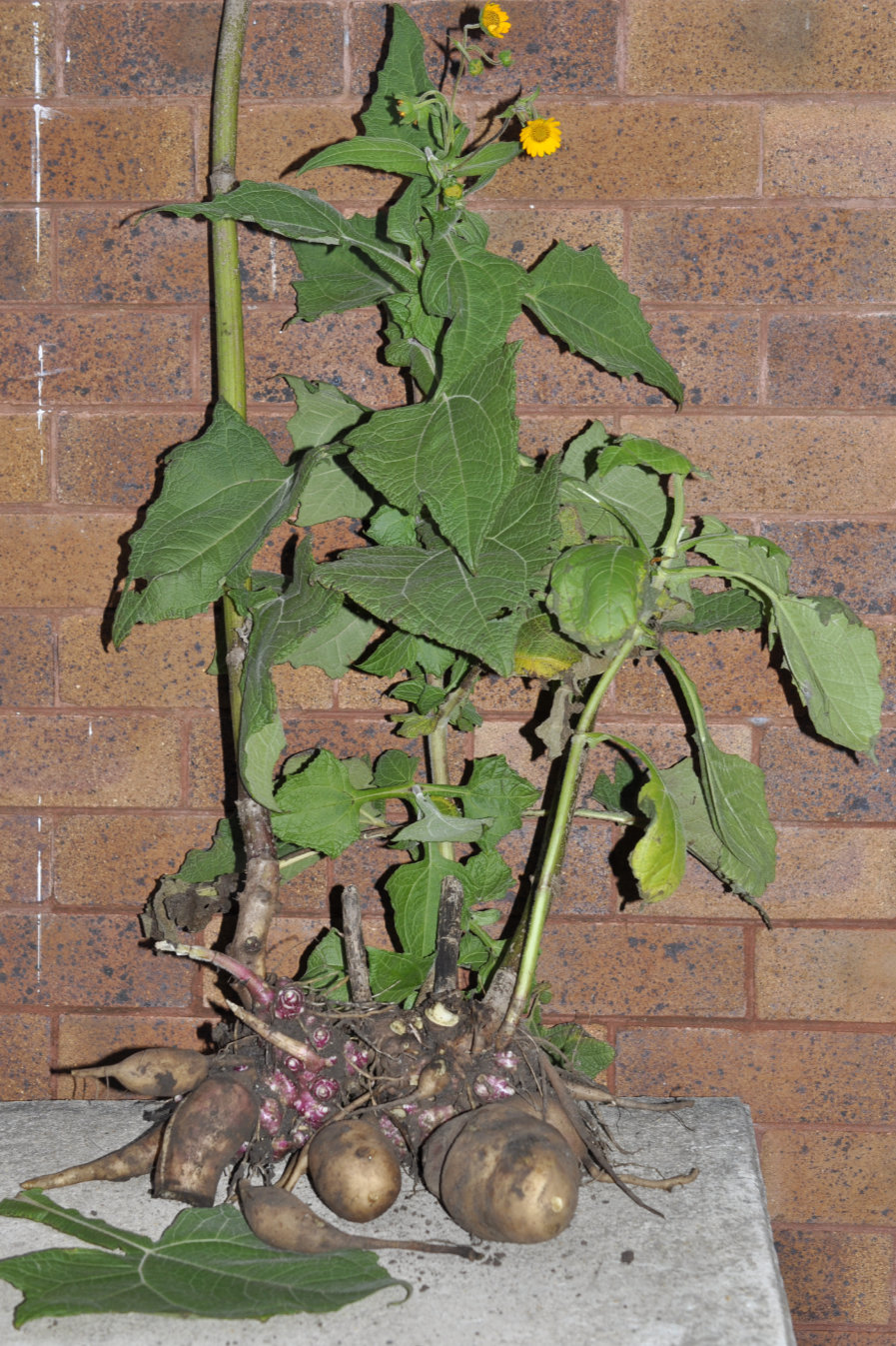
Yacón (Smallanthus sonchifolius)
Family: Asteraceae (the aster, daisy, composite, or sunflower family: includes daisies, sunflowers, Curio sp. succulents)
Genus: Smallanthus (includes Yellow Leafcup)
Botanical/Binomial Name: Smallanthus sonchifolius
Meaning of Name:
Smallanthus, after John Kunkel Small, 1869–1938, American botanist; and
sonchifolius, from Sonchus, the sow thistle genus, from Latin sonchus, from Ancient Greek σόγχος (sónkhos, ‘sow thistle’) + folius, from Latin folium (‘leaf’): leaf resembling some species of the Sonchus genus
Common Names: Yacón (an Incan word meaning ‘water root’), Peruvian Ground Apple
Botanical Characteristics: Herbaceous | Perennial | Evergreen, semi-deciduous or deciduous (leaves and/or stems will/may die down in temperate winters) | Frost tender
Propagation: Division of rhizomes (preferred, easier) | Seed | Will self-seed sparsely
Plant Description:
Yacón, or Peruvian ground apple, is the edible tuber of this plant and its taste is really hard to describe, except delicious, sweet, somewhat juicy, and very refreshing!
It has a crunchy texture somewhat like an apple, and a taste all of its own. Sweet like a fruit but more diverse — slice it into disks to nibble on its own or with cheese and crackers (it can even be the cracker!), add it cubed to fruit salads (it will brown as apples do), or cut into thin chips and toss through a stir-fry at the end (I cut them into thin chips for that). Yacón and oyster sauce go surprisingly well together!
I find it more refreshing than water too — when working in the garden on a really hot day I’ve often dug one up there and then as a thirst-quencher (you may wish to remove the very thin skin and wash it first ;) )
Diabetics may wish to read up on its apparent medicinal benefits too.
Each plant produces tubers which you eat, and rhizomes from which new plants grow. I’ll dig up an occasional tuber on a hot summer or early autumn day (see thirst-quenching note above), but harvest them in bulk when the plant dies down around June, and either leave the rhizomes in place or divide to plant elsewhere. The tubers sweeten further when left to dry.
As with potatoes, the more fertile the soil the more numerous and larger the tubers, which are somewhat cylindrical with tapered ends. Thist photo below shows the harvest from a handful of initial plants which self-seeded in one half of one of our vegie beds. That is a 1.5 m dressmaker’s tape laid across the top! The size of that half-bed is 900 mm × 1500 mm. (The sheer bulk of the tubers produced actually bowed the sides of the bed and necessitated repair!)
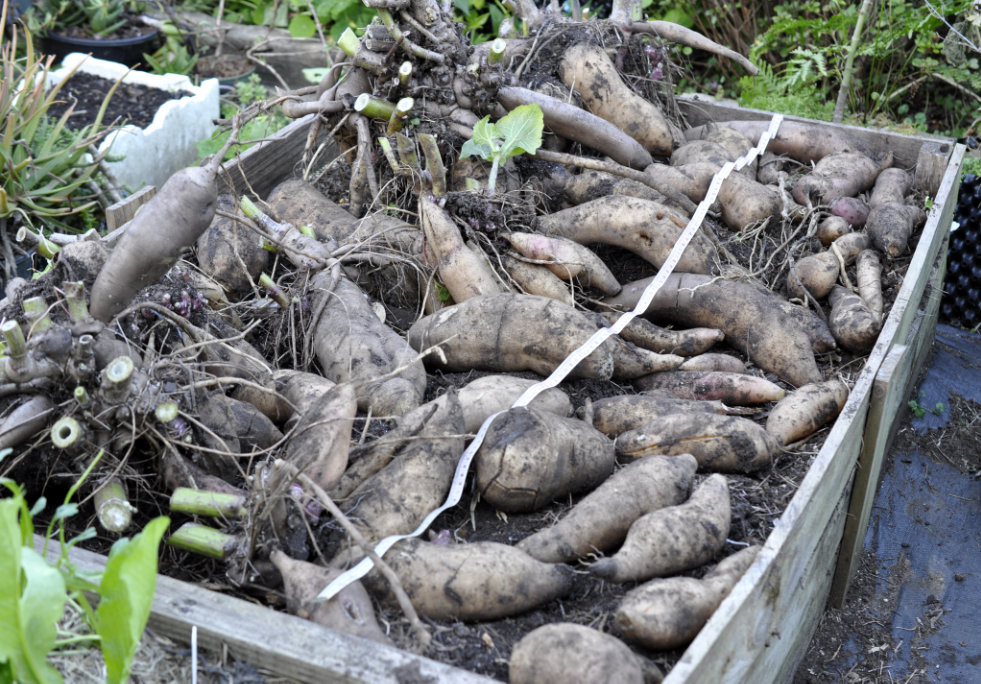
copyright © Kristi Ellinopoullos
It is more typical to propagate by division after harvest — just break up the clumps to contain at least one red rhizome — but in this case the tall stem of a yacón from the previous year was overhanging that bed whilst in flower. Their flowers are about 30 mm across and look just like miniature sunflowers by the way, not surprising when you discover they are in the same family as sunflowers (Asteraceae)!
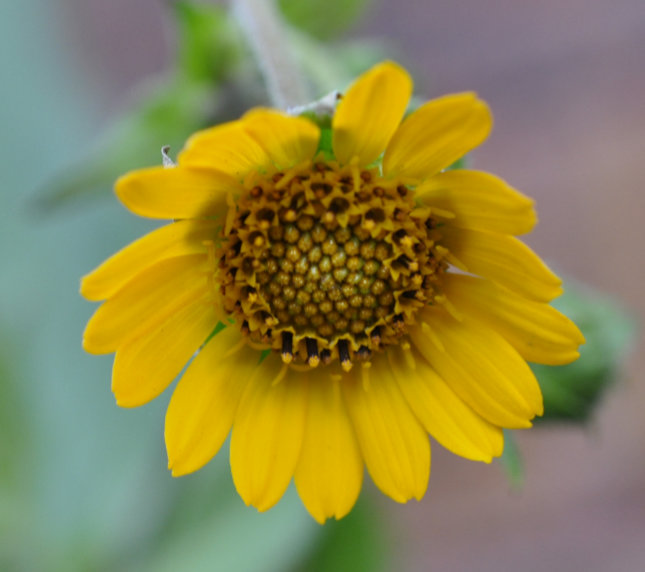
copyright © Kristi Ellinopoullos
Growing Information:
These plants love full sun, but can handle spots that are in shade part of the day. They love rich, well-draining soil and will be most productive in the ground rather than a pot. The herbaceous, thick, hollow, stems easily grow to 2 m, and can top 3 m in an especially good spot.
Yacón is perennial but after flowering, the tops will die/brown off in winter in most climates, and this is the time to harvest. (The hollow stems and flat, wide leaves, whether green or brown, make the most excellent compost by the way, and break down very readily.)
Rhizomes can be left in place in the ground during harvest, or dug up and divided at this point.
Rhizomes may not survive in places with heavy frosts, in which case refrigerate these over winter for planting in spring after the last frost.
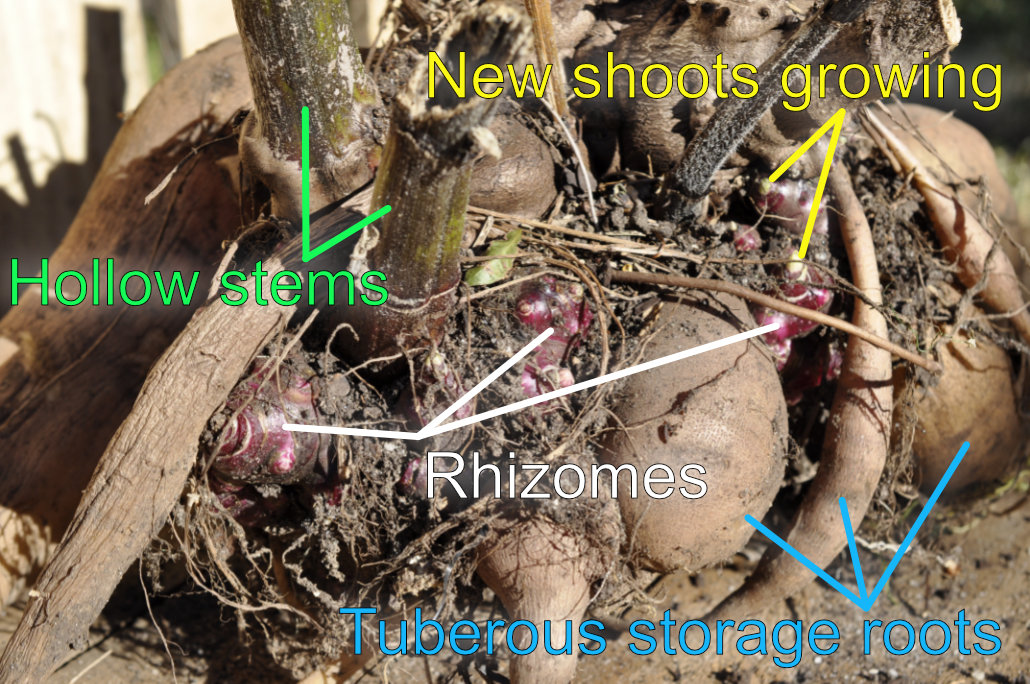
copyright © Kristi Ellinopoullos
Mine are so acclimatised here that some are more green than others year-round, and die back in June rather than May nowadays, but harvest is still once a year in winter. Come late winter or spring, depending on your climate, you’ll see their delightful leaves pushing through the soil as the rhizomes kick into gear for another season.
Below is a close-up of the first photo below the header image. (The stem on the left in that top photo is 2 m high and mostly out of shot.) This is a typical plant pulled straight out of the ground by the stem — they really are that shallow-rooted and really do break up the soil to make this easy (though some tubers will snap in two this way).
The larger, browner potato-looking objects are the edible tubers and the purple-red objects are the rhizomes.

copyright © Kristi Ellinopoullos

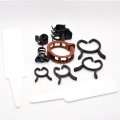
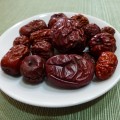
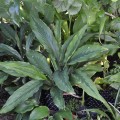
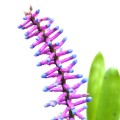
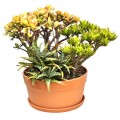
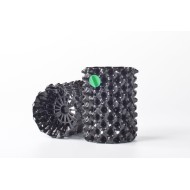

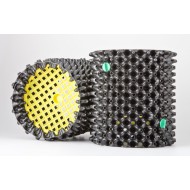
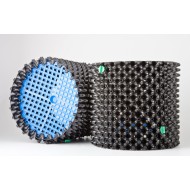

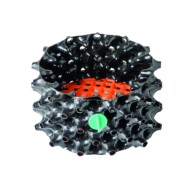
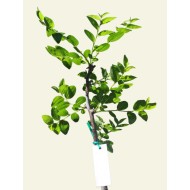

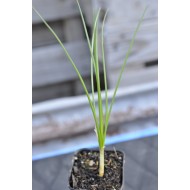
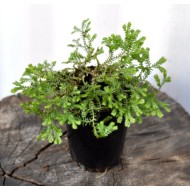
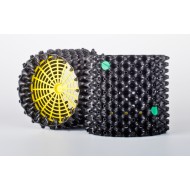
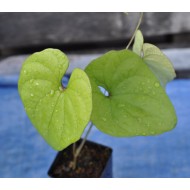
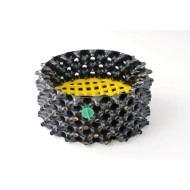
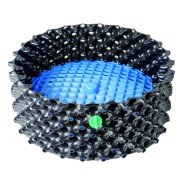
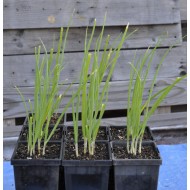
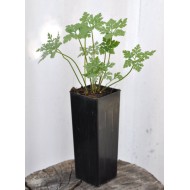
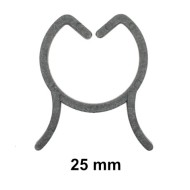
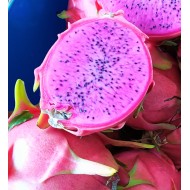

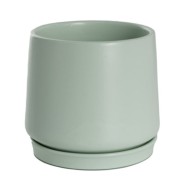
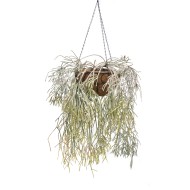
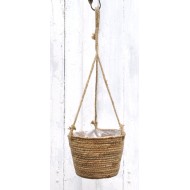
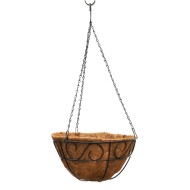
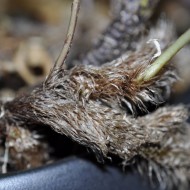
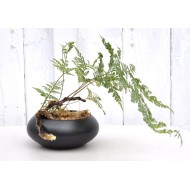
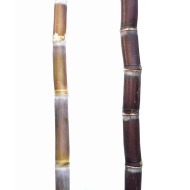
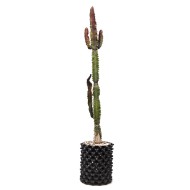
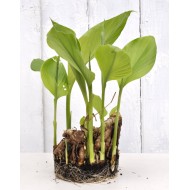
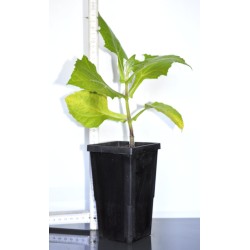
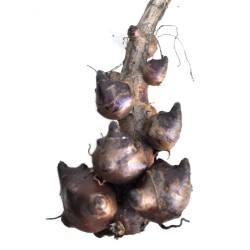
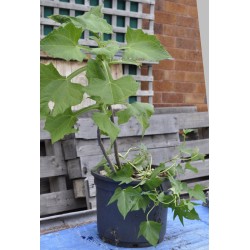
Leave a Comment